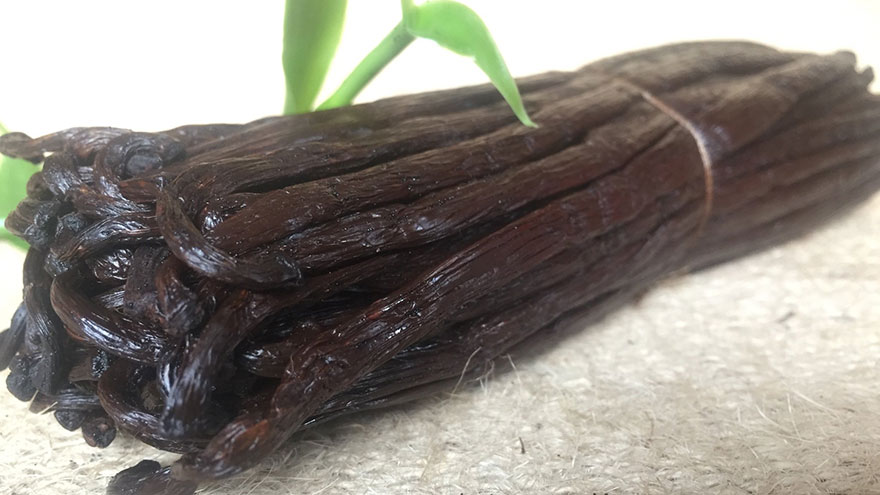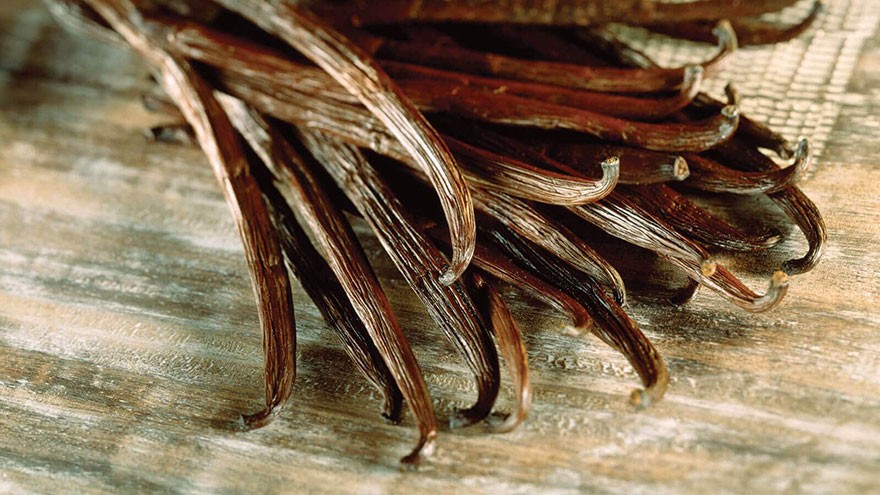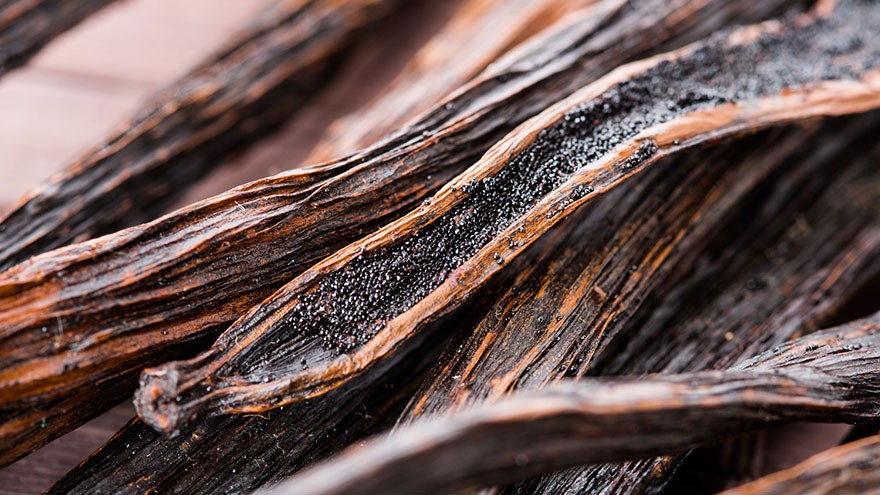Types Of Vanilla And How To Use Vanilla Beans
Vanilla is one ingredient for which there’s no substitute. Real vanilla includes over 250 components, resulting in a complex flavor no artificial vanilla (which includes just 1 component) can ever imitate.
Selecting quality vanilla for baking and cooking makes a real difference in the finished dish, which is one reason why vanilla is the second most expensive spice sold today. (Saffron is the first.)
Where Vanilla Comes From
Vanilla comes from planifolia, an orchid that’s native to Central America. When this plant is pollinated by Melipona bees or a Central American hummingbird, it grows pods or beans. Otherwise, the orchid’s bloom – which last only a day – falls off and produces nothing edible. In commercial settings, the orchid must be hand pollinated – a time consuming and expensive method.
If left to itself, v. planifolia grows up to the top of jungle trees and won’t produce flowers – or vanilla beans – until it reaches it’s full height. In commercial settings, the plant is pruned to encourage blossoms. The orchid’s pods are not brown, but green, when they are picked.
Then, follow a process first started by the Aztec’s, the beans are fermented by putting them in hot water, then dried during the day and “sweat” in blankets at night. Finally, the pods are aged. It takes up to 2 years until the bean becomes a usable vanilla pod.
No wonder vanilla is expensive!

Types of Vanilla
Madagascar Bourbon vanilla pods are the most common. About 80 percent of the world’s vanilla is of this type, growing in Madagascar and Reunion (once called the Isle de Bourbon). This type of vanilla is sweet, smooth, and rich.
There are also Tahitian vanilla beans, which are extremely aromatic, if not as tasty. This type of bean is most popular for making candles and perfumes.
Mexican vanilla beans have the strongest scent and taste. Sometimes the vanilla is made with an FDA banned chemical called coumarin, which is said to cause damage to kidneys and livers.

Vanilla Extract
Almost everyone has some vanilla extract in their kitchen cupboard. Extract is made by steeping vanilla beans in water and alcohol. Sometimes sugar is also added.
Many vanilla extracts found in grocery stores, however, are not made from vanilla beans at all. They are labeled “imitation vanilla” and are made from coal or specific types of conifer trees. Extract labeled “Vanilla Flavoring” is a mixture of imitation vanilla extract and pure vanilla extract.

How To Use Vanilla Beans
Most professional chefs and bakers prefer using the actual vanilla pod or bean. Compared to vanilla extract, vanilla beans have a more complex taste and scent. When purchasing beans, pick those that are black, shiny, moist, and plump. The best vanilla beans have a white powder on them, called vanillin.
Vanilla beans come in three grades. “Fine Vanilla” is quite aromatic. Beans measure 8 to 12 inches long, are black, and have some vanillin. “Woody Vanilla” beans measure 5 to 8 inches long, have no vanillin, and have a dry surface. “Vanillon” are partially opened vanilla beans, measuring 4 to 5 inches. They have a mildly bitter scent, are brown and soft, and rarely have vanillin.
To use vanilla beans, cut them in half lengthwise and remove the pulp and seeds. Place the pod, pulp, and seeds in the liquid called for in the recipe and allow them to steep. The strained liquid is used for the recipe, but you can stretch the beans further by rinsing and burying them in granulated white sugar. Cover the sugar and allow the mixture to sit for about 2 weeks. Use the resulting sugar in any recipe calling for sugar.
You can also make your own vanilla extract by placing 3 vanilla beans, cut in half lengthwise, into 1 cup of vodka. Cover snugly. Allow to steep for 6 months, occasionally shaking the concoction. Store in a dark, cool location.
Store unused vanilla beans in an airtight container in a dark, cool location. They will last indefinitely.

Check out the video version of this article on YouTube

